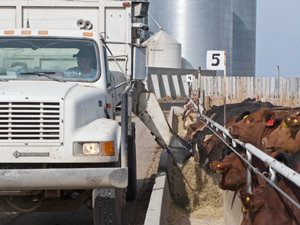-

August 10, 2021Experts Respond to Drought Questions On July 29, the Beef Cattle Research Council hosted a webinar that allowed beef producers to ask drought-related...
Keep Reading -

April 15, 2017Can Feeding Nitrate Improve Efficiency and Reduce Methane? This article written by Dr. Reynold Bergen, BCRC Science Director, originally appeared in...
Keep Reading